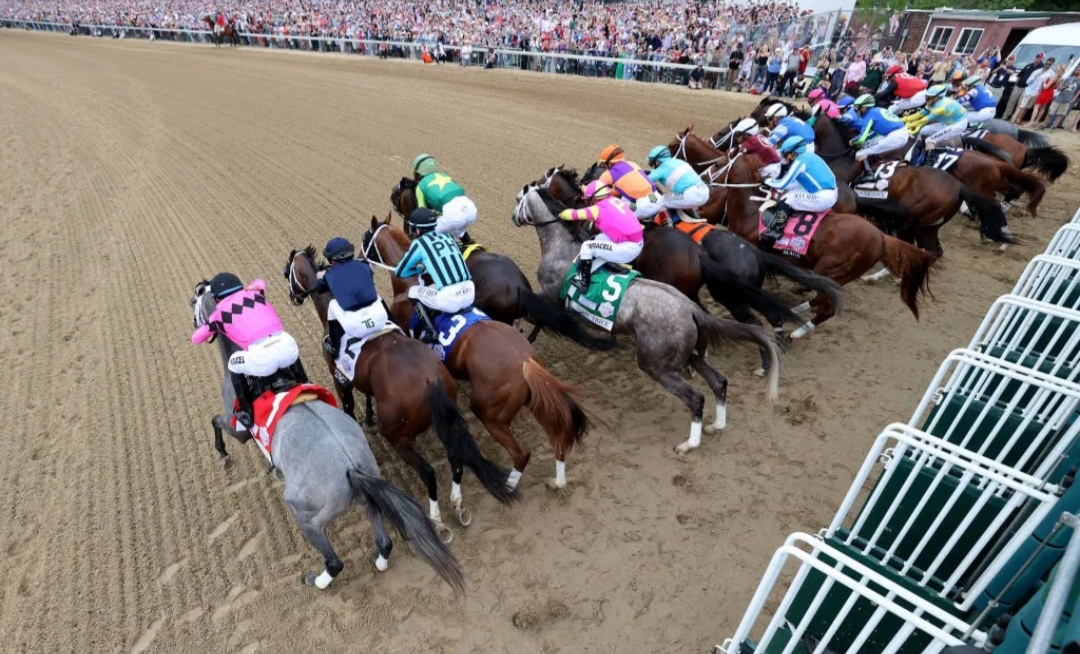For enslaved peoples in the New World, it was always the worst of times. Whether captured in Africa or born into bondage in the Americas, slaves suffered unimaginable torments and indignities. Yet the specific form their miseries took, as the historian Richard S. Dunn shows in his painstakingly researched “A Tale of Two Plantations: Slave Life and Labor in Jamaica and Virginia,” depended on whether one was a slave in the British Caribbean or in the United States. The contrasts between the two slave societies were many, covering family life, religious beliefs and labor practices. But one difference overrode all others. In the Caribbean, white masters treated the slaves like “disposable cogs in a machine,” working them to death on sugar plantations and then replacing them with fresh stock from Africa. In the United States, white masters treated their slaves like the machine itself — a breeding machine.
For the complete article, please visit The New York Times.com/Sunday Book Review.



